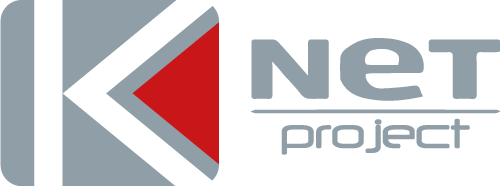FINANCIAL AND OPERATIONAL TURNAROUND MANAGEMENT
MID-MARKET ENTERPRISE
CONSTRUCTION INDUSTRY
Our client, a national leader in the construction industry, was showing clear signs of instability caused by underperformance and financial tension. KNET Project stepped in to evaluate and optimise in order to re-ignite sustainable business continuity.
Results attained
- A reduction in corporate costs of more than 28% with a growth in EBITDA and positive operating results;
- Restoration of corporate financial solvency with a consequent increase by 213% of the net working capital;
- Guarantee correct company management and maintenance of the corporate reputation.
In this situation, we supported our client using financial & operational turnaround management techniques and processes.
Our approach:
Cash Conservation
The first step was to stabilise cash within the business. To do this we developed a series of short-term financial forecasts in order to better understand how to meet the primary obligations of the company. Later, we developed a centralised cash flow management system allowing us to monitor the company’s liquidity on a daily basis, thus minimising the dispersion of non-core expenses.
Setting up bridge financing
The second step was to raise new capital. We reached an agreement with a pool of banks to consolidate parts of any revocable and self-liquidating debts that had been accumulating over the years by the company. The credit lines currently in force were subject to a standstill procedure, thus avoiding any default remedies and, finally, organising a new fifteen-month credit line in the form of bridge financing for the corporate economic-financial repositioning plan.
Restoration of sales margins
Finally, once sufficient financial resources had been guaranteed, the profitability of each service offered was verified, income-generating services were identified as were those affected by latent diseconomies. In this last case, the services considered useful for the strategic positioning of the company were maintained, while the remainder were interrupted.
In order to better manage the expected decline in turnover, company costs were divided into fixed/variable and direct/indirect, leading to considerable savings on indirect fixed costs.
Find out more about our turnaround management services.
